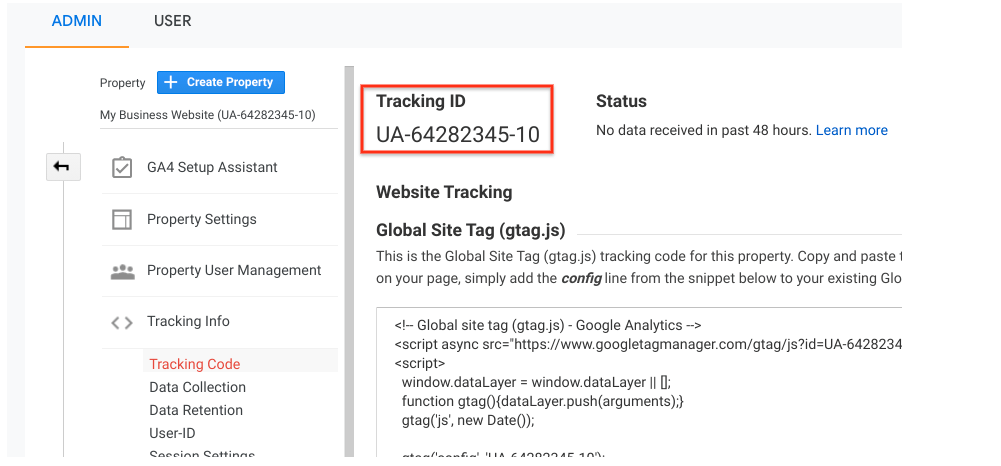Understanding the Art of Overcoming Data Collection Limitations in Google Analytics for Better Decision-Making
In the realm of electronic analytics, the capability to extract significant insights from information is vital for informed decision-making. By using tactical methods and sophisticated strategies, organizations can elevate their information high quality, unlock hidden insights, and pave the means for more reliable and enlightened choices.
Information High Quality Analysis
Examining the quality of information within Google Analytics is an important step in ensuring the dependability and precision of understandings originated from the collected details. Information quality assessment involves examining various elements such as precision, completeness, consistency, and timeliness of the data. One crucial facet to think about is information precision, which refers to just how well the data shows real worths of the metrics being gauged. Unreliable information can bring about faulty final thoughts and misguided organization decisions.
Efficiency of information is another essential factor in analyzing data high quality. Uniformity checks are also vital in information quality analysis to recognize any discrepancies or anomalies within the information collection. By prioritizing information quality assessment in Google Analytics, businesses can improve the dependability of their analytics records and make more enlightened decisions based on accurate understandings.
Advanced Monitoring Strategies
Utilizing innovative tracking methods in Google Analytics can considerably enhance the depth and granularity of information gathered for even more comprehensive evaluation and understandings. One such method is event tracking, which permits the monitoring of particular interactions on a web site, like click buttons, downloads of documents, or video clip sights. By carrying out event tracking, services can obtain a much deeper understanding of customer habits and involvement with their on the internet content.
In addition, customized dimensions and metrics provide a means to customize Google Analytics to certain business demands. Customized measurements permit the production of brand-new information factors, such as customer roles or client sections, while custom-made metrics allow the tracking of unique efficiency signs, like income per customer or average order value.
Furthermore, the usage of Google Tag Manager can enhance the execution of tracking codes and tags across a site, making it much easier to handle and deploy sophisticated tracking arrangements. By harnessing these advanced monitoring techniques, businesses can unlock valuable understandings and maximize their online strategies for much better decision-making.
Custom Measurement Implementation
To improve the deepness of information gathered in Google Analytics past advanced monitoring techniques like event monitoring, services can implement custom measurements for more tailored insights. Personalized measurements allow businesses to define and collect particular data factors that pertain to their one-of-a-kind objectives and purposes (What Data Does Google Analytics Prohibit Collecting?). By assigning custom dimensions to various aspects on an internet site, such as individual communications, demographics, or session details, businesses can get a much more granular understanding of how customers involve with check that their online properties

Acknowledgment Modeling Approaches
Effective acknowledgment modeling is important for recognizing the effect of various marketing channels on conversion courses. By employing the ideal attribution version, organizations can precisely attribute conversions to the appropriate touchpoints along the consumer journey. One usual acknowledgment version is the Last Communication model, which offers credit report for a conversion to the last touchpoint a user engaged with prior to converting. While this version is easy and straightforward to execute, it commonly oversimplifies the client journey, neglecting the influence of other touchpoints that contributed to the conversion.

Information Tasting Evasion
When managing huge quantities of information in Google Analytics, getting over information tasting is important to guarantee precise understandings are derived for educated decision-making. Information tasting happens when Google Analytics estimates patterns in information as opposed to evaluating the complete dataset, possibly resulting in skewed results. my blog To avoid information sampling, one effective approach is to lower the day array being examined. By concentrating on shorter time frames, the probability of running into tasted data declines, offering a more specific depiction of user behavior. In addition, using Google Analytics 360, the costs variation of the platform, can aid minimize tasting as it allows for higher data limits prior to sampling begins. Carrying out filters to tighten down the data being analyzed can also assist in preventing sampling concerns. By taking these proactive actions to reduce information sampling, businesses can draw out extra precise understandings from Google Analytics, bring about better decision-making and enhanced overall efficiency.
Final Thought
To conclude, mastering the art of getting rid of information collection limitations in Google Analytics is essential for making notified choices. By performing an my website extensive data quality evaluation, executing sophisticated monitoring methods, making use of custom-made measurements, using acknowledgment modeling strategies, and staying clear of data sampling, businesses can make sure that they have reliable and accurate data to base their choices on. This will ultimately result in extra reliable methods and far better results for the organization.